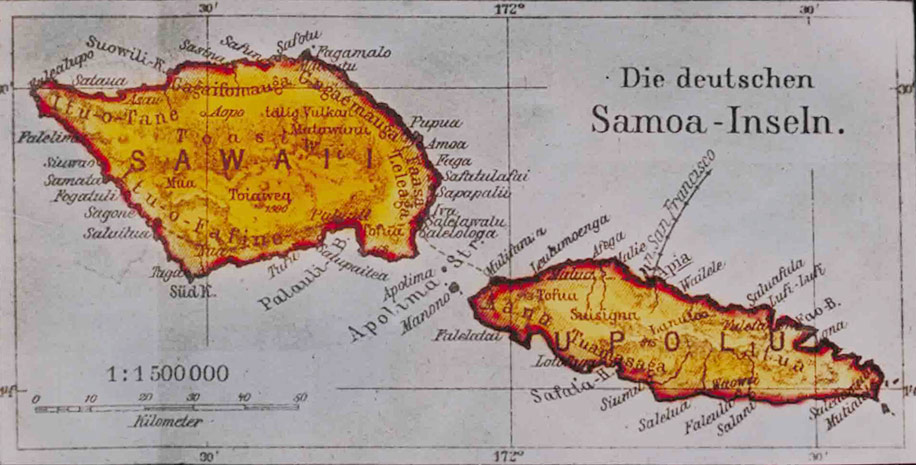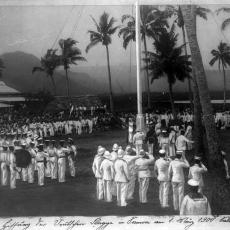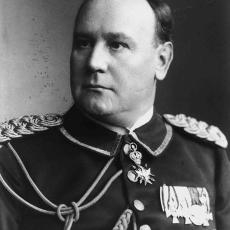German Samoa
Between 1900 and 1914, the Polynesian island of Samoa was part of the German Colonial Empire and, as German Samoa, enjoyed the status of being a separate administrative region.
Since the 1850s, international trading companies had discovered the Pacific region for the export of raw materials. Fuelled by trade, territorial ownership claims between the German Empire, Great Britain and the USA led to recurring military conflict, which severely affected the Samoan population. In 1879, the European powers agreed on a division of the Samoan islands among themselves and the German Empire received the islands of Upolu, Savai'i and Manono. However, due to strong local opposition, especially from the local rulers, it took years for the German government to consolidate its rule. Wilhelm Solf, who became governor of Samoa in 1900, was a key figure here.
In 1914, New Zealand troops occupied Samoa and, after the Treaty of Versailles of 1919, its administration was transferred to New Zealand. Samoa finally gained independence in 1962.




